 Shutterstock
Shutterstock
In the ever-rotating carousel of canine popularity, some dog breeds once reigned supreme in American hearts and households, only to quietly slip into the background like last season’s fashion trend. These dogs had their golden days—appearing in parades, portraits, and even presidential homes—but for a variety of reasons, their fame faded. Maybe it was a change in lifestyle, shifts in urban living, or just the rise of newer, trendier breeds. But one thing is for sure: these forgotten all-stars still deserve a standing ovation for their past glory.
Harrier
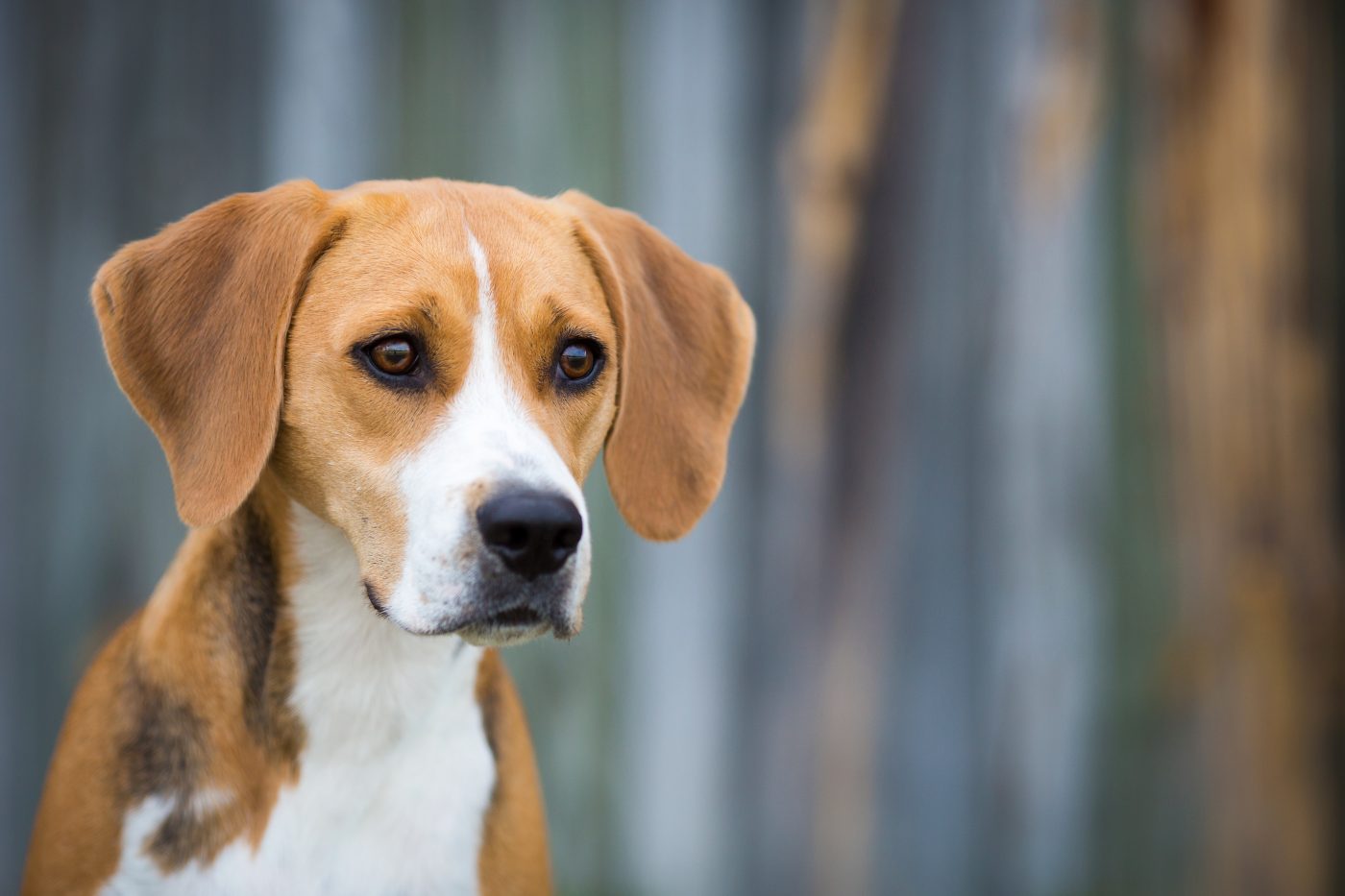 Shutterstock
Shutterstock
The Harrier was once a go-to hunting dog in America, especially for tracking rabbits and foxes through dense terrain. With their friendly disposition and stamina, they were seen as the perfect mix between a Beagle and a Foxhound. Back in the early 20th century, they enjoyed a fair share of popularity among rural hunters and sportsmen. But as recreational hunting declined and urban living became the norm, the Harrier’s athleticism and pack-oriented nature didn’t translate well to apartment life. These days, they’re so rare that even the AKC keeps checking to make sure they’re still around.
Irish Setter
 Shutterstock
Shutterstock
Flame-red and full of energy, the Irish Setter was a superstar in the 1960s and 70s, even starring in movies and TV shows. Their friendly demeanor and stunning coats made them ideal family pets and show dogs. But as homes got smaller and people began favoring more low-maintenance breeds, the Irish Setter’s popularity began to dwindle. Their high energy and grooming needs became less compatible with modern lifestyles. Nowadays, spotting one in the wild is like finding a living, wagging vintage postcard.
American Water Spaniel
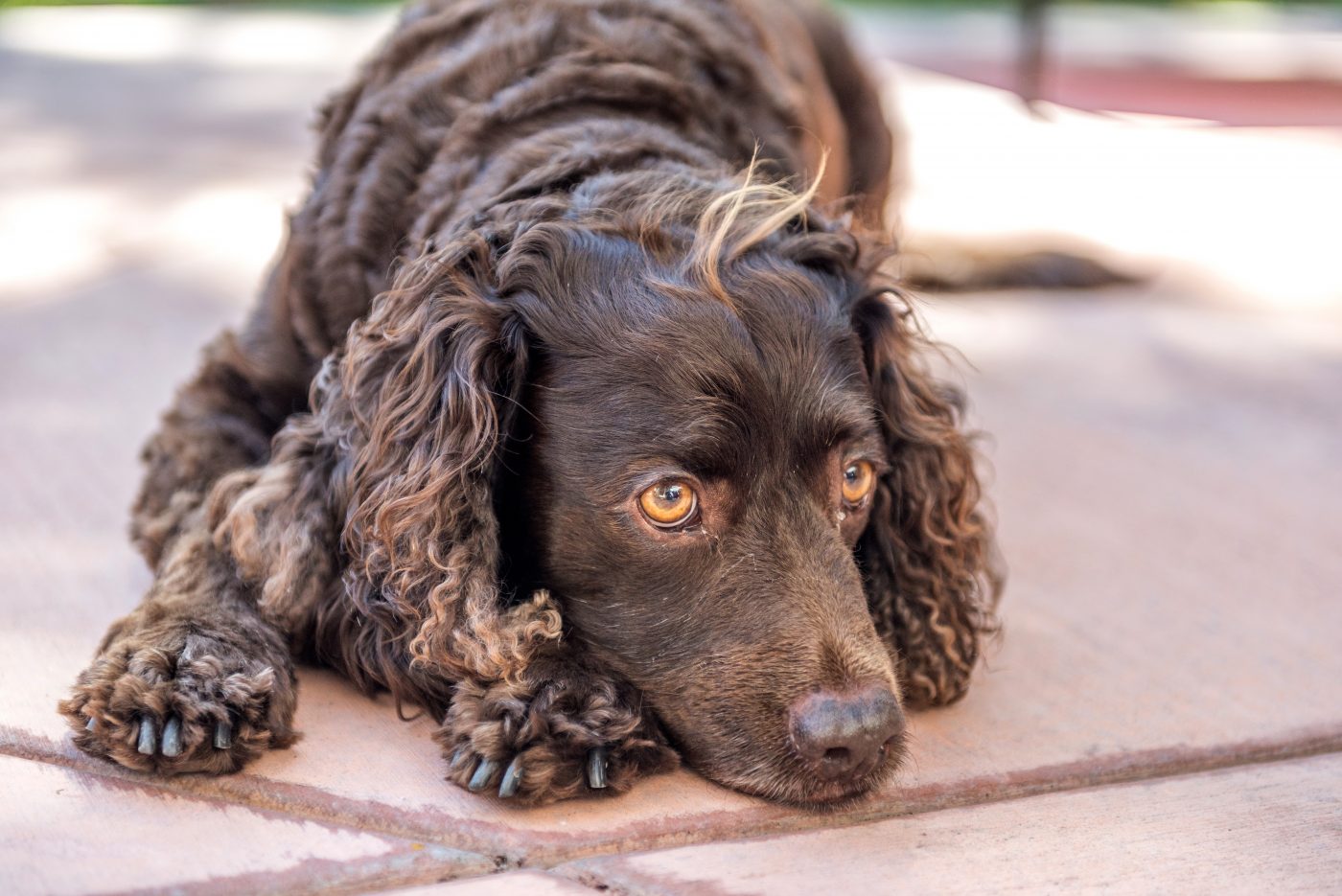 Shutterstock
Shutterstock
The American Water Spaniel was once a beloved hunter’s companion, especially in the Midwest. Known for their curly coat and excellent swimming ability, they could retrieve game from both land and water with ease. Popular in the 19th century, they were celebrated for their versatility and compact size. However, as hunting traditions faded and other sporting breeds took the spotlight, the American Water Spaniel lost its place on the main stage. Despite being the state dog of Wisconsin, this breed is now more niche than nationwide.
Collie
 Shutterstock
Shutterstock
Thanks to Lassie, the Collie was once America’s sweetheart—noble, intelligent, and always ready to rescue Timmy from a well. They were a staple in households across the country throughout the mid-20th century. But modern families have shifted toward smaller or more hypoallergenic breeds, and the high-maintenance grooming needs of the Collie didn’t help its case. Though still beloved by enthusiasts, the Collie’s once-iconic presence has faded from mainstream view. Lassie may come home, but she’s rarely seen on neighborhood walks anymore.
Norwegian Elkhound
 Shutterstock
Shutterstock
A Viking’s best friend, the Norwegian Elkhound was once a popular breed among American hunters and outdoorsy families. Their thick coats and fearless nature made them ideal for cold climates and rugged terrain. In the 1950s and 60s, they enjoyed a healthy run on popularity charts thanks to their loyalty and wolf-like looks. But their strong prey drive and loud bark became a challenge in suburban life. These days, you’re more likely to meet one on a hiking trail than in your cul-de-sac.
Gordon Setter
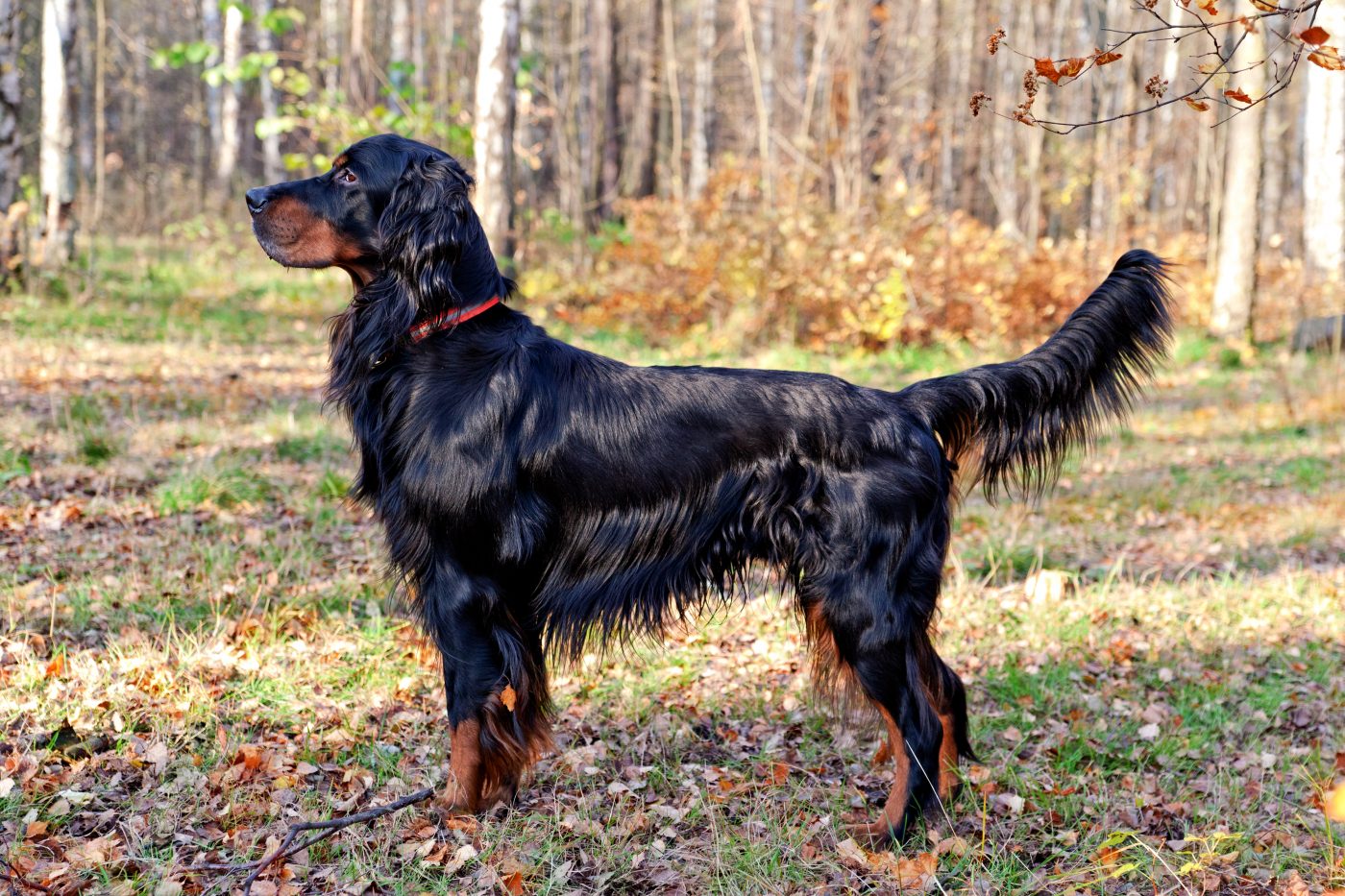 Shutterstock
Shutterstock
Gordon Setters were once the go-to dogs for bird hunters who wanted a stylish and dependable partner. Their black-and-tan coats and noble expressions made them favorites among the American gentry in the 19th and early 20th centuries. As gun dogs, they were unparalleled in style and skill. However, the rise of other hunting breeds and a decline in upland game hunting caused their numbers to shrink dramatically. Their dignified strut is now a rare sight, mostly reserved for breed enthusiasts and show rings.
Dandie Dinmont Terrier
 Shutterstock
Shutterstock
This adorable terrier with a name fit for royalty had a major moment in America’s earlier dog-loving days. Compact, courageous, and rocking a killer topknot, the Dandie Dinmont was once the darling of Victorian-era households. They were loved for their affectionate nature and ratting ability. But their unusual appearance and rarity in litter contributed to their decline in popularity. These days, the Dandie is more of a trivia answer than a familiar furry face.
Skye Terrier
 Shutterstock
Shutterstock
Once the canine companion of Queen Victoria herself, the Skye Terrier had its moment in the American sun as well. These long-bodied, shaggy dogs were prized for their loyalty and elegance. In the early 20th century, they were a fashionable choice for anyone wanting a dignified lapdog. However, their high-maintenance coat and declining public exposure contributed to their sharp drop in popularity. These days, spotting one is almost like seeing a ghost from the past—only fluffier.
English Setter
 Shutterstock
Shutterstock
Elegant and energetic, the English Setter was once a mainstay in American hunting fields and family homes alike. With their feathered coats and friendly disposition, they had a solid run from the 19th century well into the 1970s. But as hunting declined and grooming standards increased, they began to fall out of favor. Other setter breeds with less coat or stronger field lines edged them out. Now they’re more often admired in nostalgic photos than present-day backyards.
Belgian Sheepdog (Groenendael)
 Shutterstock
Shutterstock
Before the Belgian Malinois took over as the action star of police and military units, the Belgian Sheepdog was a favored herder and protector. In the early and mid-20th century, their intelligence and beauty made them popular in both work and show environments. But when flashier breeds became trendier for protection and sport, the classic black-coated Groenendael got left behind. Still stunning and brilliant, they now exist mostly in tight-knit enthusiast circles. Think of them as the stylish vintage record you forgot you had.
Field Spaniel
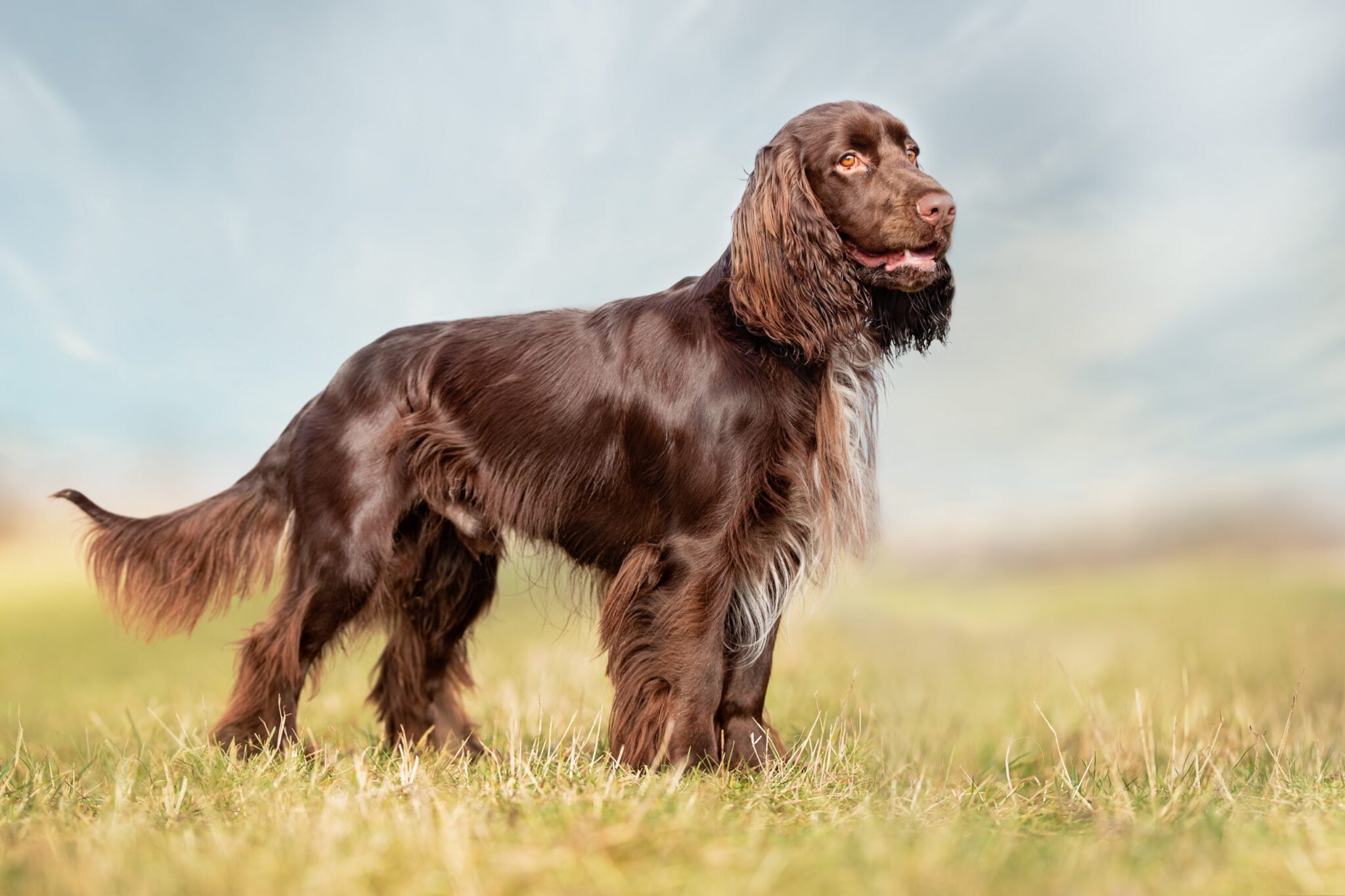 Shutterstock
Shutterstock
Charming and elegant, the Field Spaniel was a big deal in the 19th century, especially among the American upper class. Bred to be a hunting companion with a more refined appearance, this dog was the tuxedo version of a sporting breed. But their slower pace and high grooming demands made them less desirable in fast-paced modern households. Over time, they were replaced by more “user-friendly” sporting breeds. Now, they’re a true hidden gem for those who want something rare and regal.
Otterhound
 Shutterstock
Shutterstock
The Otterhound had a very specific job—hunting otters—and at one point, that niche gig made it quite the star in sporting circles. With webbed feet, a thick coat, and a nose that rivals a bloodhound’s, they were tailor-made for watery adventures. But as otter hunting became illegal and unnecessary, the breed quickly fell into obscurity. Their large size and loud voice didn’t help them win over suburban hearts. These days, they’re so rare that even seasoned dog lovers have never met one in person.
Smooth Fox Terrier
 Shutterstock
Shutterstock
Back in the day, the Smooth Fox Terrier was a household name in the U.S.—alert, athletic, and endlessly entertaining. They were mainstays in dog shows and beloved by families who appreciated their energy and smarts. But as smaller companion breeds gained popularity and the wire-haired version stole some of the spotlight, the smooth variety started to vanish. Despite being one of the earliest recognized terrier breeds, they now live mostly in the shadows. They’d win “Best Throwback Energy” if dogs had superlatives.
Clumber Spaniel
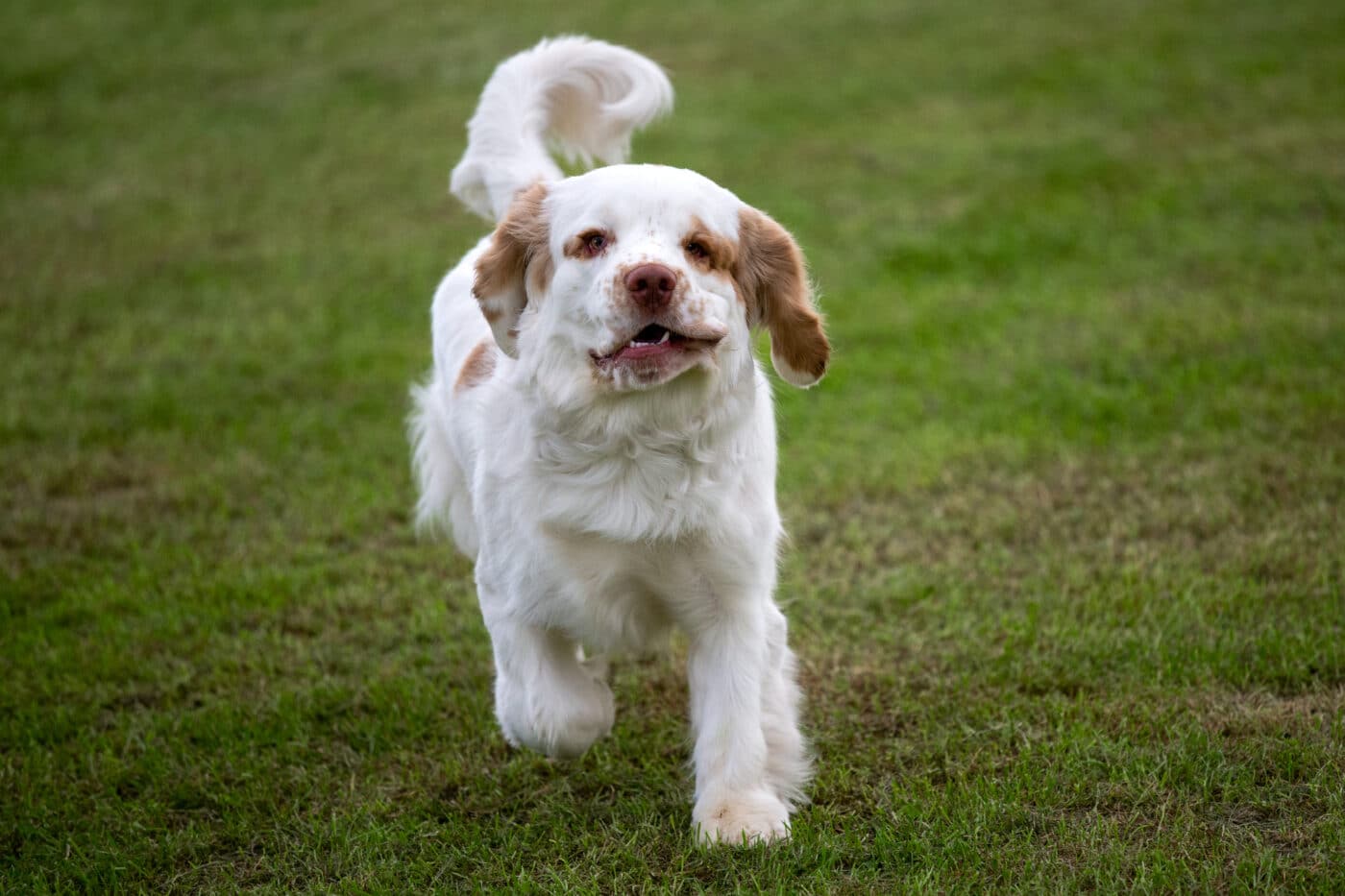 Shutterstock
Shutterstock
The Clumber Spaniel may sound like a butler’s last name, but it was once a favorite of American aristocrats and sportsmen. Known for their dignified shuffle, stocky build, and soulful eyes, Clumbers were bred to move silently through thick brush and flush out game birds. During the 19th century, they were prized for their combination of power and quiet confidence. However, they lost their spotlight due to their slower pace, heavier build, and grooming demands. Now they’re more likely to be seen in a breed history book than your neighborhood dog park.
Manchester Terrier
 Shutterstock
Shutterstock
Once described as the “gentleman’s rat terrier,” the Manchester Terrier was sleek, smart, and sharply dressed in black and tan. Popular in 19th-century America for controlling vermin and looking fabulous while doing it, this breed was ideal for city and country living alike. But over time, newer toy breeds and flashier terriers started hogging the spotlight. As a result, the Manchester Terrier’s numbers began to dwindle. These stylish little dynamos are still out there, but you’ll need to know where to look—or time-travel back to the 1800s.
The Great Disappearing Act of the Doggie A-List
 Shutterstock
Shutterstock
These once-popular dog breeds ruled the American canine scene like four-legged celebrities—gracing homes, parks, and even vintage ads—before quietly slipping into obscurity. Whether they faded due to shifting lifestyles, changing aesthetics, or simply being outshined by trendier pups, their charm hasn’t gone anywhere. These breeds are timeless treasures just waiting to be rediscovered. So, the next time someone boasts about their rare dog, lean in and say, “Ah, like a Skye Terrier?” Then enjoy their confused pause—and your well-earned badge in dog breed nostalgia.

 1 month ago
12
1 month ago
12
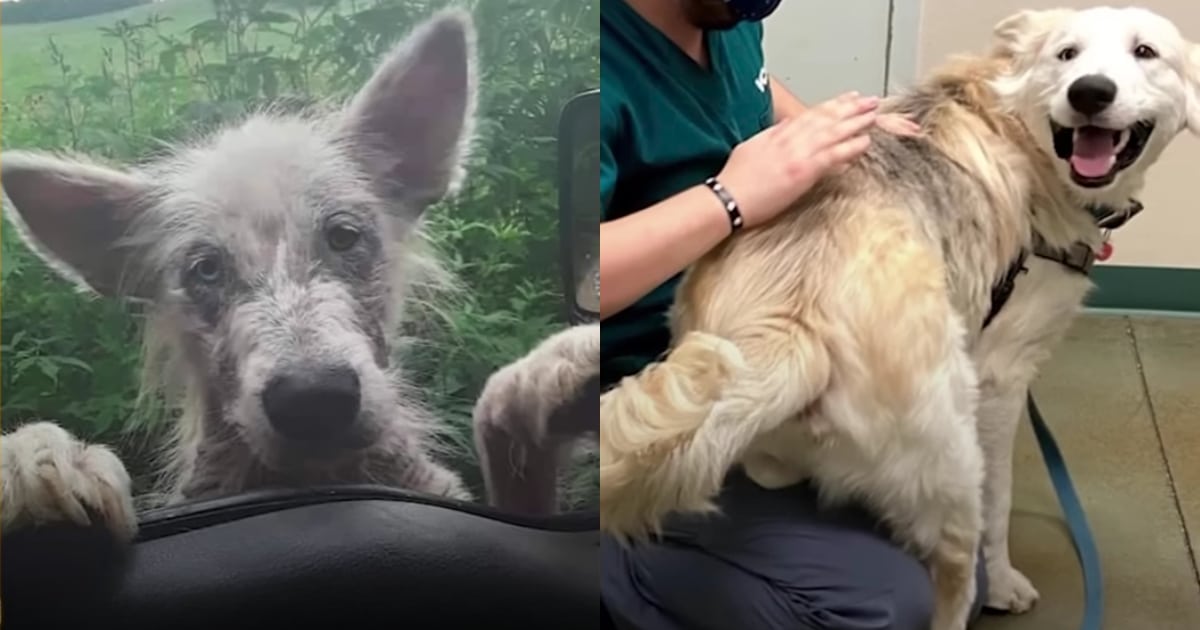

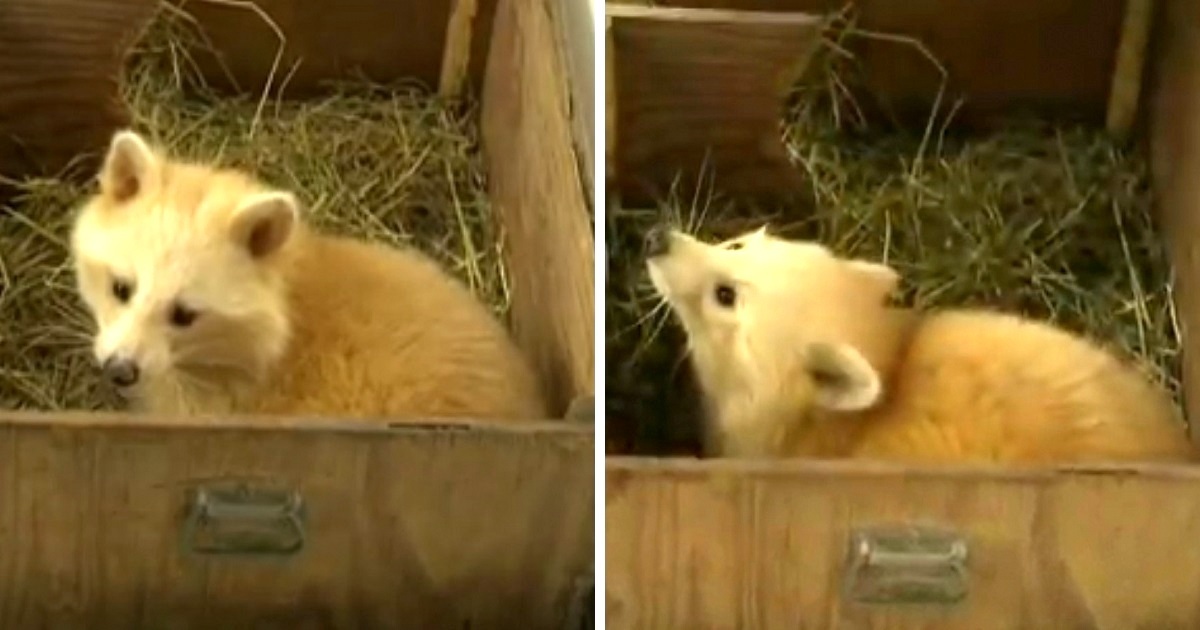
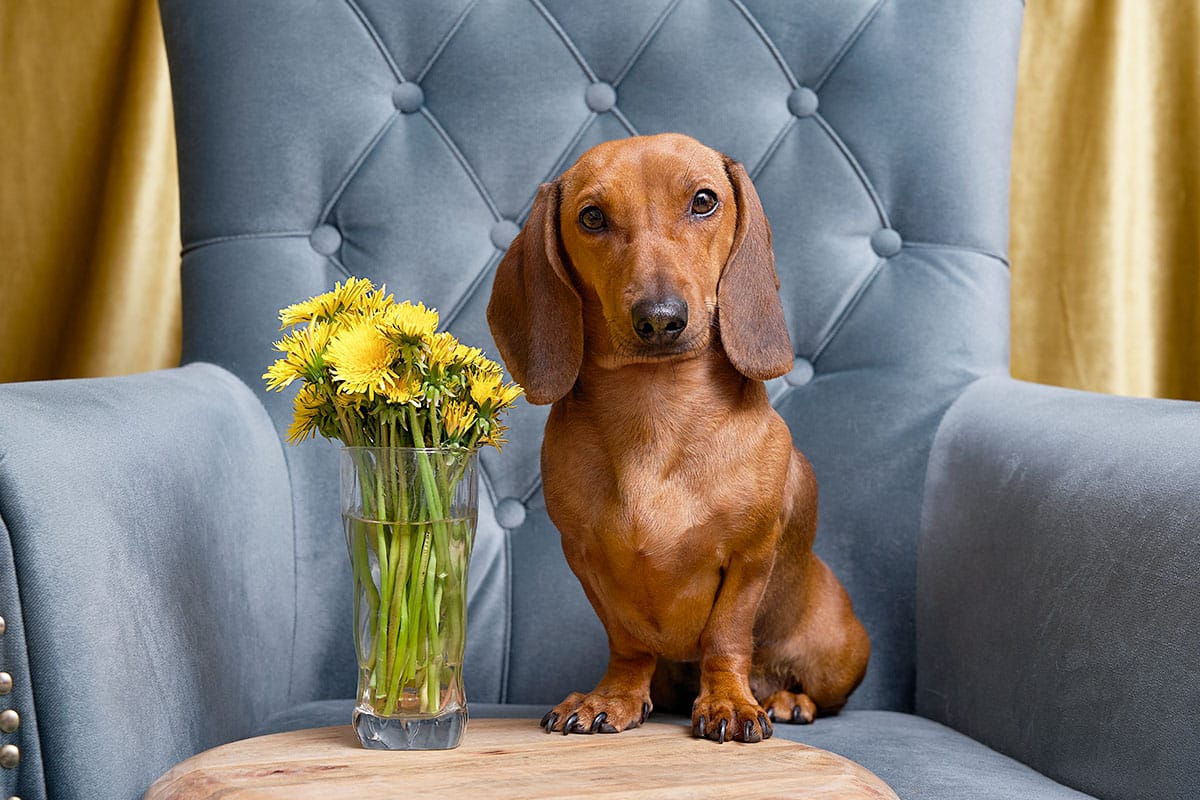

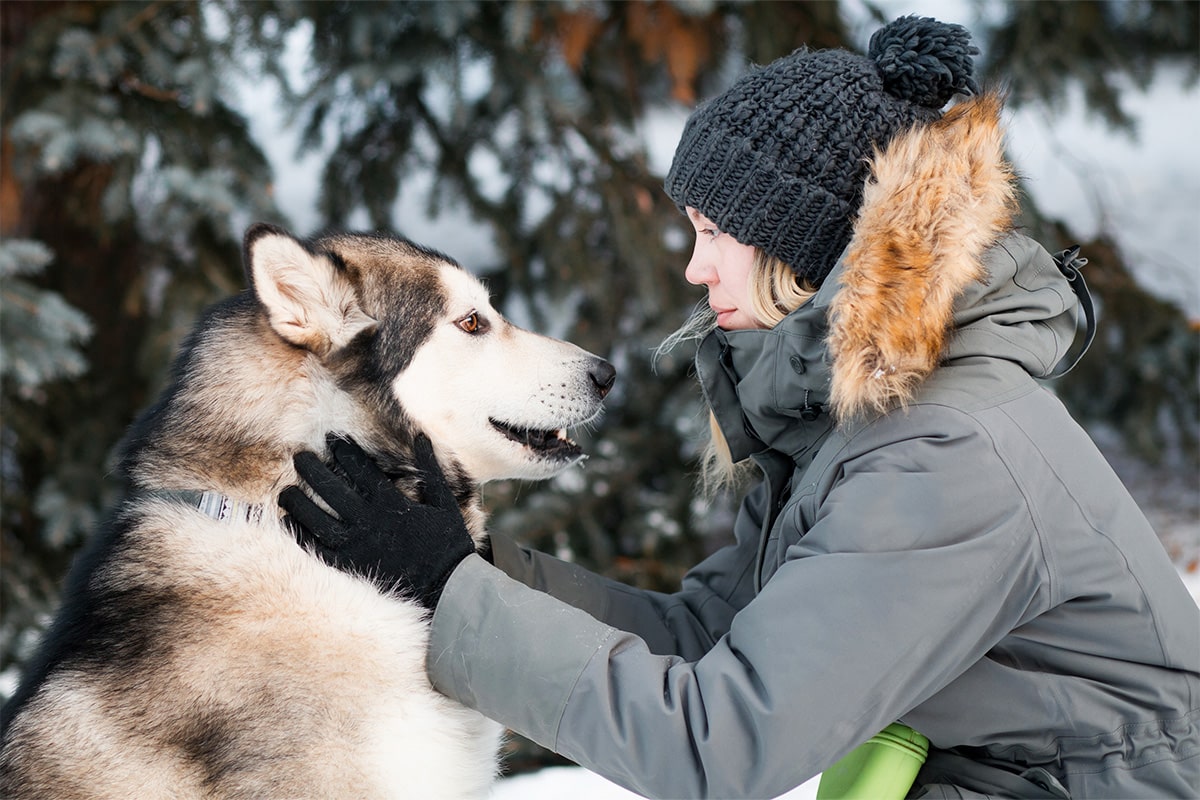
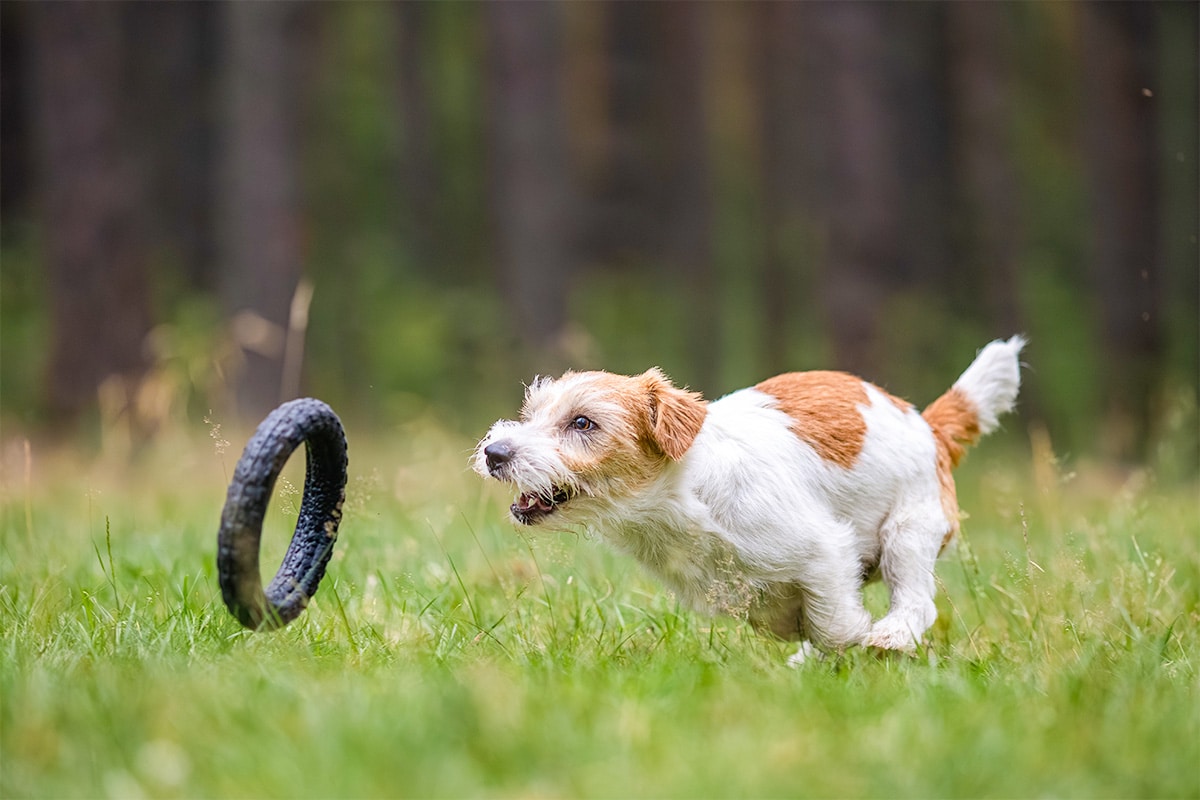
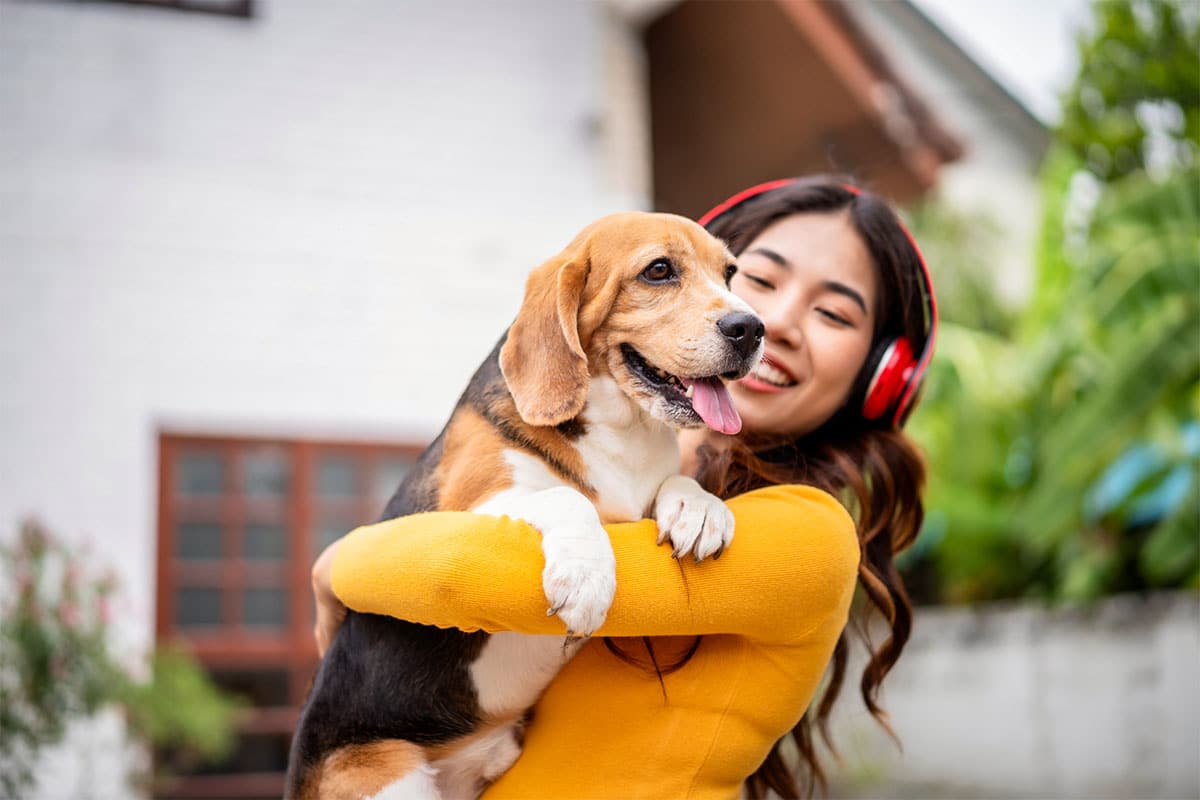

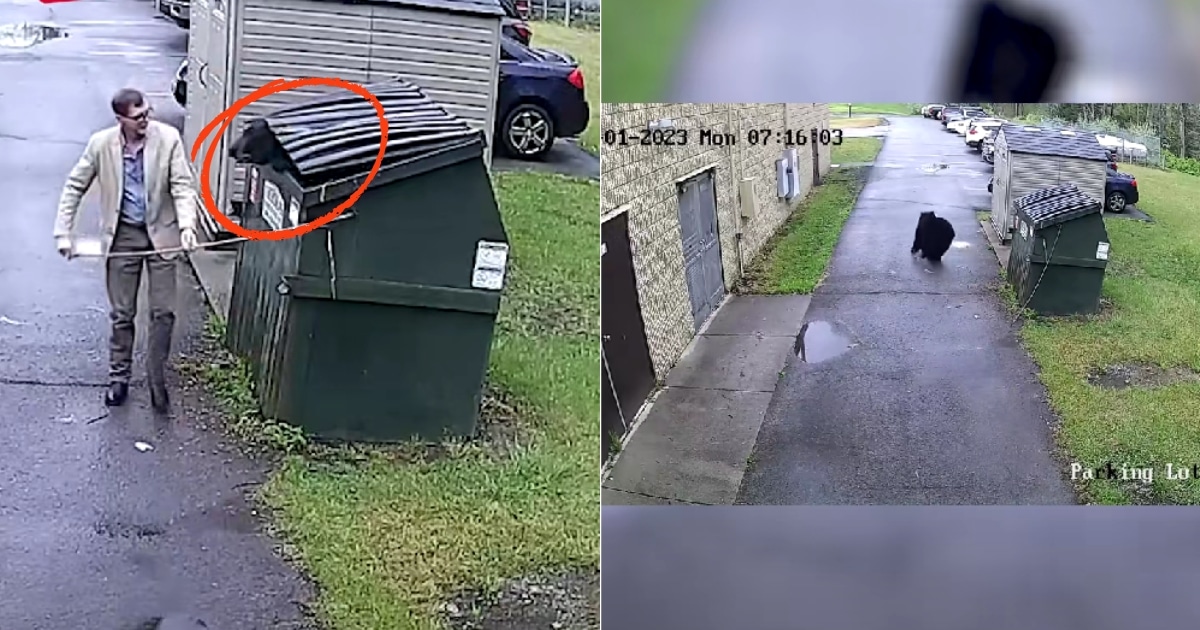


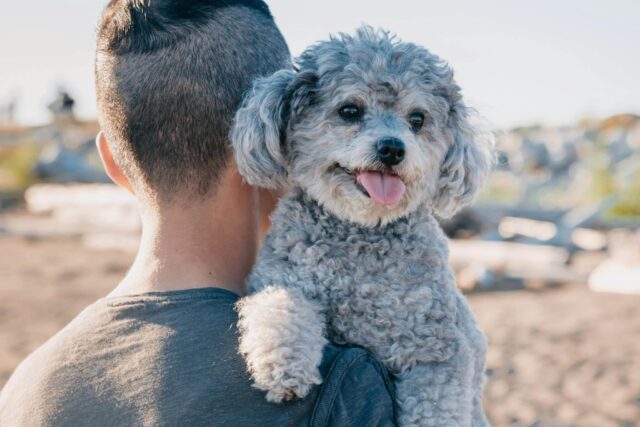
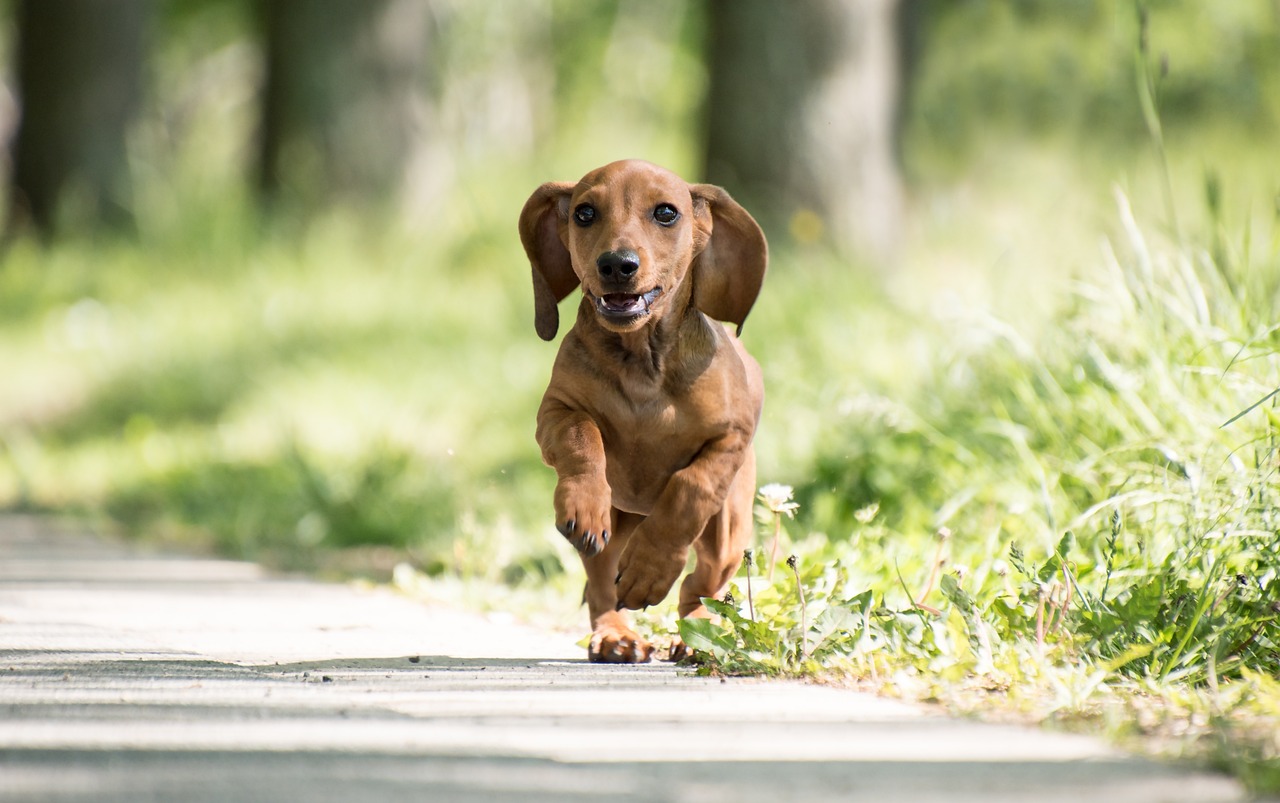




 English (US) ·
English (US) ·